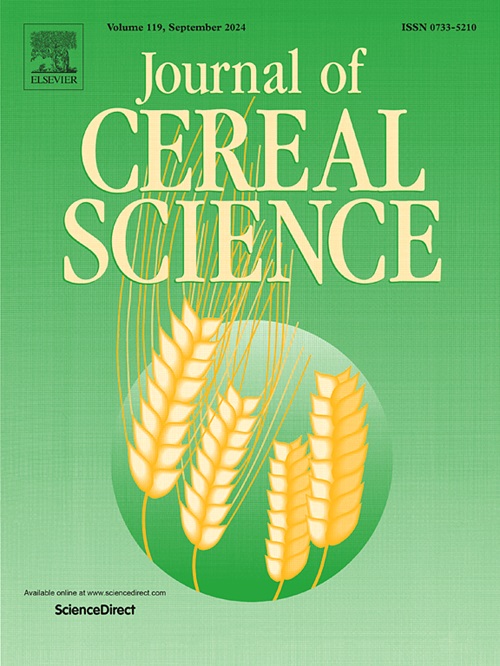Comprehensive quality grading and dynamic prediction of physicochemical indicators of maize during storage based on clustering and time-series prediction models
IF 3.7
2区 农林科学
Q2 FOOD SCIENCE & TECHNOLOGY
引用次数: 0
Abstract
Maize is a vital cereal crop, and its quality is influenced by various environmental factors during storage. To achieve scientific management of maize quality and maintain optimal conditions, this study examined 26 sets of maize samples stored under different environmental conditions (temperature, humidity, and initial moisture). Six key physicochemical indicators—bulk density, fat acidity, germination rate, malondialdehyde (MDA), protein, and starch—were selected to represent maize quality. Based on these indicators, a clustering algorithm was employed to grade maize quality and develop a comprehensive classification standard tailored for high-quality storage outcomes. On this basis, time-series prediction models for quality indicators were developed, utilizing 360 days of time-series data to dynamically predict indicator values. Comprehensive quality levels were calculated to evaluate storage performance. The results demonstrated that the K-Means++ algorithm achieved the best clustering performance with a Silhouette Coefficient of 0.7446 and a Davies-Bouldin index of 0.4336, effectively distinguishing maize quality variation across different storage environments. Moreover, the RNN-based time-series prediction model yielded a Mean Absolute Percentage Error (MAPE) as low as 1.28 % under a 21-day time window, confirming its high accuracy and suitability for practical storage management. This research provides scientific guidance for maize storage management, offering technical support for reducing quality loss during storage and extending the storage period of high-quality maize, with significant practical implications.

基于聚类和时间序列预测模型的玉米贮藏期理化指标综合质量分级及动态预测
玉米是重要的粮食作物,其品质受贮藏过程中各种环境因素的影响。为了实现玉米品质的科学管理并保持最佳条件,本研究检测了26组不同环境条件(温度、湿度和初始湿度)下的玉米样品。选取容重、脂肪酸度、发芽率、丙二醛(MDA)、蛋白质和淀粉6个关键理化指标代表玉米品质。基于这些指标,采用聚类算法对玉米品质进行分级,并针对高品质贮藏结果制定综合分类标准。在此基础上,建立了质量指标的时间序列预测模型,利用360天的时间序列数据动态预测指标值。计算综合质量水平来评价存储性能。结果表明,k - meme++算法聚类效果最佳,其Silhouette系数为0.7446,Davies-Bouldin指数为0.4336,能有效区分不同贮藏环境下玉米品质的差异。此外,基于rnn的时间序列预测模型在21天时间窗口下的平均绝对百分比误差(MAPE)低至1.28%,证实了其较高的准确性和实际存储管理的适用性。本研究为玉米贮藏管理提供了科学指导,为减少贮藏过程中品质损失、延长优质玉米贮藏期提供了技术支持,具有重要的现实意义。
本文章由计算机程序翻译,如有差异,请以英文原文为准。
求助全文
约1分钟内获得全文
求助全文
来源期刊

Journal of Cereal Science
工程技术-食品科技
CiteScore
7.80
自引率
2.60%
发文量
163
审稿时长
38 days
期刊介绍:
The Journal of Cereal Science was established in 1983 to provide an International forum for the publication of original research papers of high standing covering all aspects of cereal science related to the functional and nutritional quality of cereal grains (true cereals - members of the Poaceae family and starchy pseudocereals - members of the Amaranthaceae, Chenopodiaceae and Polygonaceae families) and their products, in relation to the cereals used. The journal also publishes concise and critical review articles appraising the status and future directions of specific areas of cereal science and short communications that present news of important advances in research. The journal aims at topicality and at providing comprehensive coverage of progress in the field.
 求助内容:
求助内容: 应助结果提醒方式:
应助结果提醒方式:


